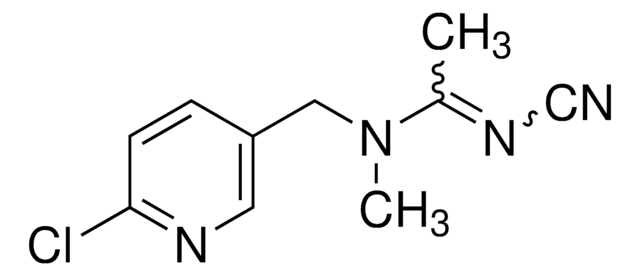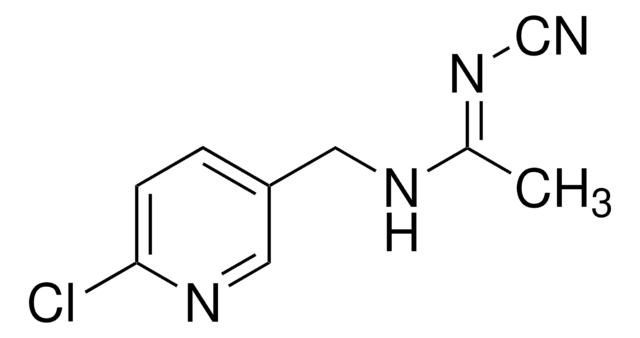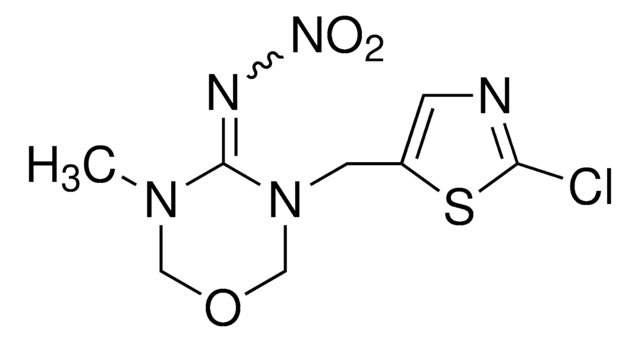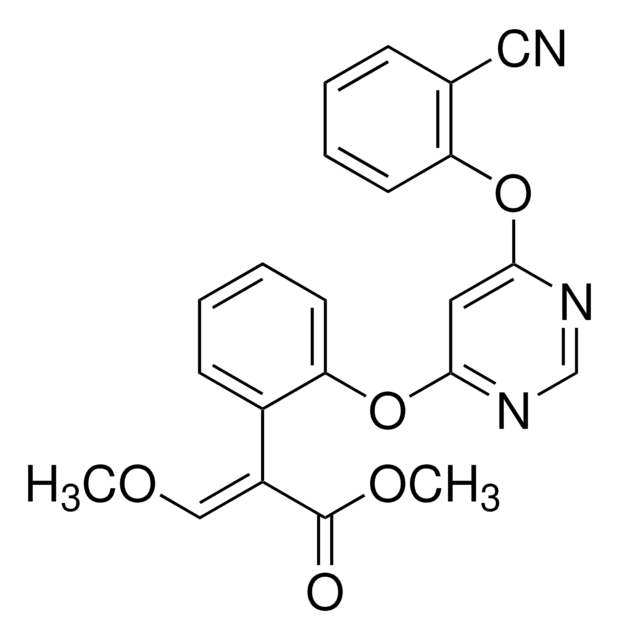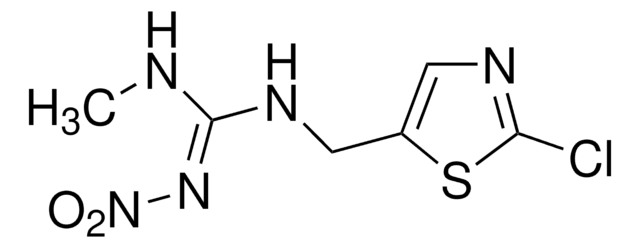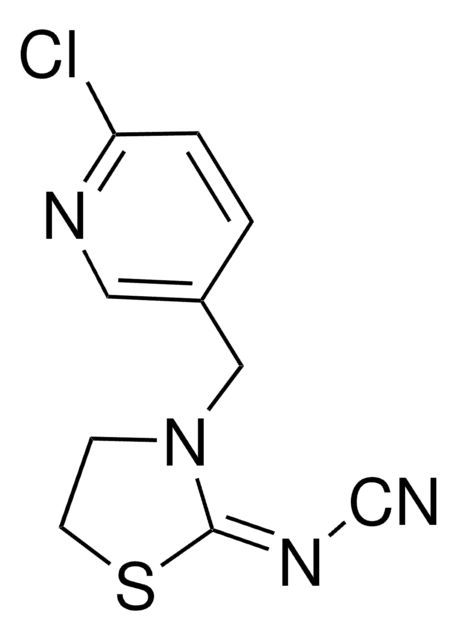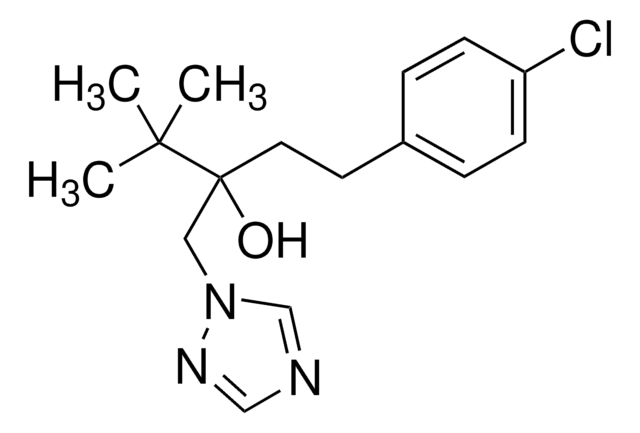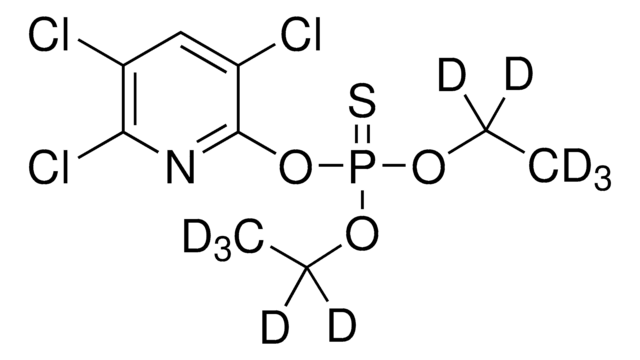39246
Acetamiprid-d3
PESTANAL®, analytical standard
Sinónimos:
(E)-N-(6-Chloro-3-pyridylmethyl)-N′-cyano-N-(methyl-d3)acetamidine
About This Item
Productos recomendados
grado
analytical standard
Nivel de calidad
pureza isotópica
≥99.0 atom % D
Línea del producto
PESTANAL®
Ensayo
≥98.0% (HPLC)
caducidad
limited shelf life, expiry date on the label
técnicas
HPLC: suitable
gas chromatography (GC): suitable
aplicaciones
agriculture
Formato
neat
cambio de masa
M+3
cadena SMILES
[2H]C([2H])([2H])N(Cc1ccc(Cl)nc1)\C(C)=N\C#N
InChI
1S/C10H11ClN4/c1-8(14-7-12)15(2)6-9-3-4-10(11)13-5-9/h3-5H,6H2,1-2H3/b14-8+/i2D3
Clave InChI
WCXDHFDTOYPNIE-WZAFYLDHSA-N
Categorías relacionadas
Descripción general
see also 46451
Aplicación
Envase
Información legal
¿No encuentra el producto adecuado?
Pruebe nuestro Herramienta de selección de productos.
Palabra de señalización
Danger
Frases de peligro
Consejos de prudencia
Clasificaciones de peligro
Acute Tox. 2 Inhalation - Acute Tox. 3 Oral - Eye Irrit. 2 - Skin Irrit. 2 - STOT SE 3
Órganos de actuación
Respiratory system
Código de clase de almacenamiento
6.1A - Combustible acute toxic Cat. 1 and 2 / very toxic hazardous materials
Clase de riesgo para el agua (WGK)
WGK 3
Punto de inflamabilidad (°F)
Not applicable
Punto de inflamabilidad (°C)
Not applicable
Elija entre una de las versiones más recientes:
¿Ya tiene este producto?
Encuentre la documentación para los productos que ha comprado recientemente en la Biblioteca de documentos.
Los clientes también vieron
Protocolos
Learn more about Neonicotinoids - active substances used in plant protection products to control harmful insects.
On Friday, April 27, 2018, the European Union decided to ban the use of three neonicotinoid insecticides from use on field crops, having deemed them dangerous to bees. This application demonstrates the analysis of these banned compounds and others from dandelion blossoms using QuEChERS and LC-MS.
Nuestro equipo de científicos tiene experiencia en todas las áreas de investigación: Ciencias de la vida, Ciencia de los materiales, Síntesis química, Cromatografía, Analítica y muchas otras.
Póngase en contacto con el Servicio técnico